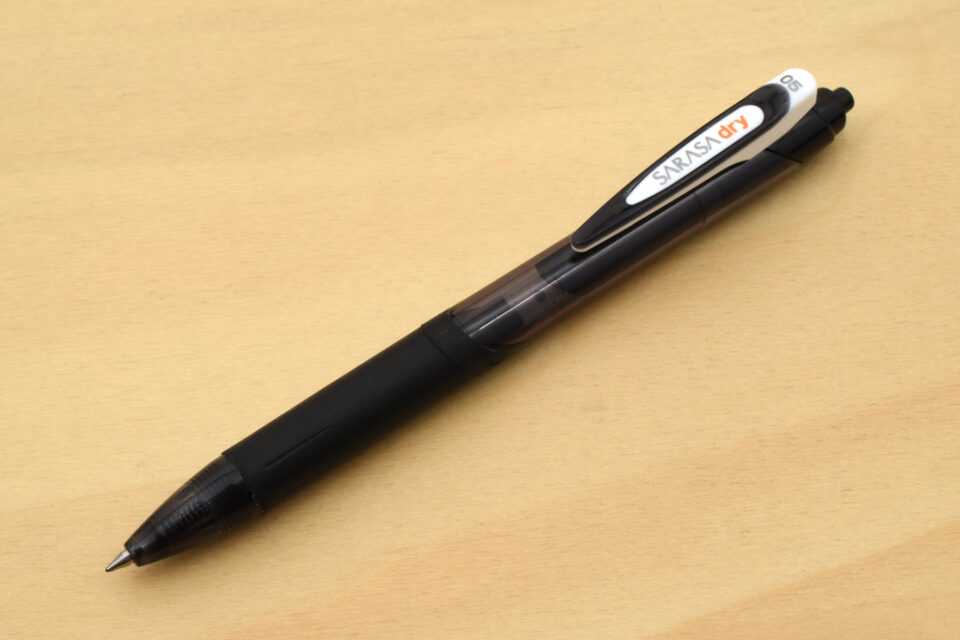Gel pens are a popular choice for many writers due to their smooth writing experience, vibrant colors, and versatility. But what exactly makes gel pens so different from other writing instruments, such as ball pens or fountain pens? The secret lies in the unique composition of gel pen ink, which combines the best properties of both liquid ink and paste ink to create a writing tool that glides effortlessly across the page. Understanding the science behind gel pen ink can give you a deeper appreciation for why these pens are favored by students, professionals, and artists alike.
What Makes Gel Ink Different?
The key difference between gel pen ink and other types of ink lies in its composition. Gel ink is made from pigment particles suspended in a water-based gel. This thick, viscous gel allows the ink to flow smoothly and evenly onto the paper, creating crisp and vibrant lines. Unlike liquid ink, which is more prone to smudging and bleeding, gel ink sits on the surface of the paper, resulting in a more controlled and precise writing experience.
The Role of Pigment Particles
Pigment particles play a crucial role in the performance of gel ink. These tiny particles are responsible for the rich, opaque colors that gel pens are known for. Because the pigment particles are suspended in the gel rather than dissolved, they create a denser and more vibrant color that is less likely to fade over time. This is why gel pens are often used for writing on dark or colored paper, where other inks might not show up as clearly.
Viscosity and Flow
One of the most important factors in the smoothness of gel pen ink is its viscosity, or thickness. The gel medium used in these pens is carefully formulated to achieve the perfect balance between fluidity and control. If the ink is too thin, it may flow too quickly, leading to smudges and inconsistent lines. On the other hand, if the ink is too thick, it may clog the pen tip and make writing difficult. Gel ink strikes the right balance, allowing it to flow smoothly while maintaining enough thickness to prevent smudging.
The Tip Mechanism
The tip mechanism of a gel pen also contributes to its smooth writing experience. Gel pens typically use a rollerball or needle tip, which is designed to allow the ink to flow evenly onto the paper with minimal pressure. This is why gel pens are often praised for their ability to glide effortlessly across the page, reducing hand fatigue during long writing sessions. The combination of the gel ink’s viscosity and the pen’s tip mechanism ensures a consistent and enjoyable writing experience.
Quick-Drying Properties
Despite its thicker consistency, gel ink has the advantage of drying relatively quickly compared to traditional liquid inks. This quick-drying property is especially important for left-handed writers, who often struggle with smudging when using slower-drying inks. The fast-drying nature of gel ink makes it ideal for note-taking, journaling, and other activities where speed and legibility are important.
The science behind gel pen ink is what makes these writing instruments so smooth and enjoyable to use. The unique composition of pigment particles suspended in a water-based gel creates vibrant, crisp lines that stand out on the page. The careful balance of viscosity ensures that the ink flows smoothly without smudging or clogging, while the quick-drying properties make gel pens a practical choice for everyday writing tasks. Whether you’re a student, a professional, or someone who simply enjoys the act of writing, understanding the science behind gel pen ink can enhance your appreciation for these versatile and reliable tools.

